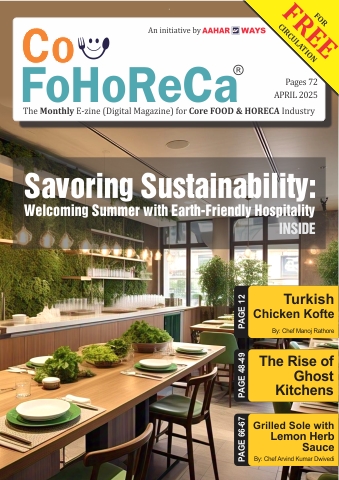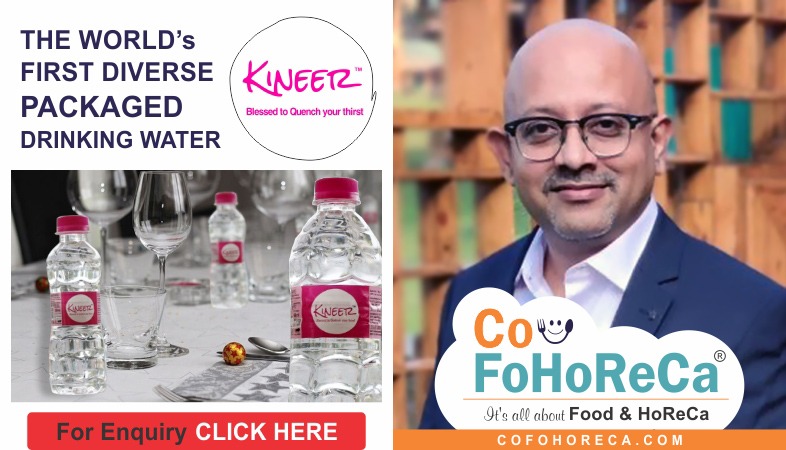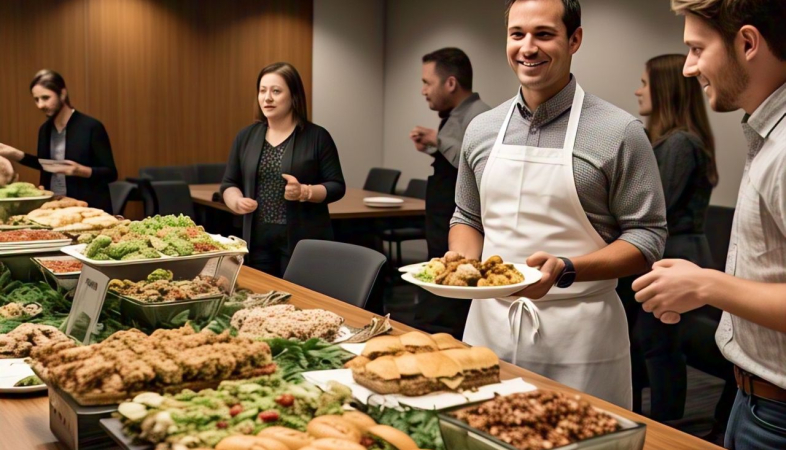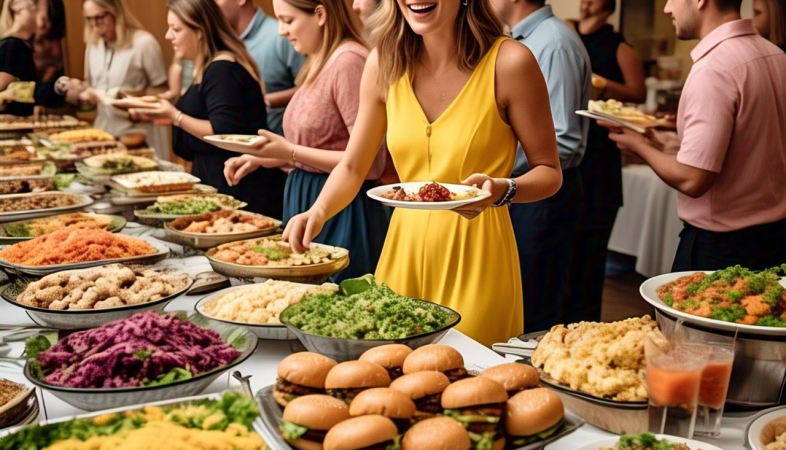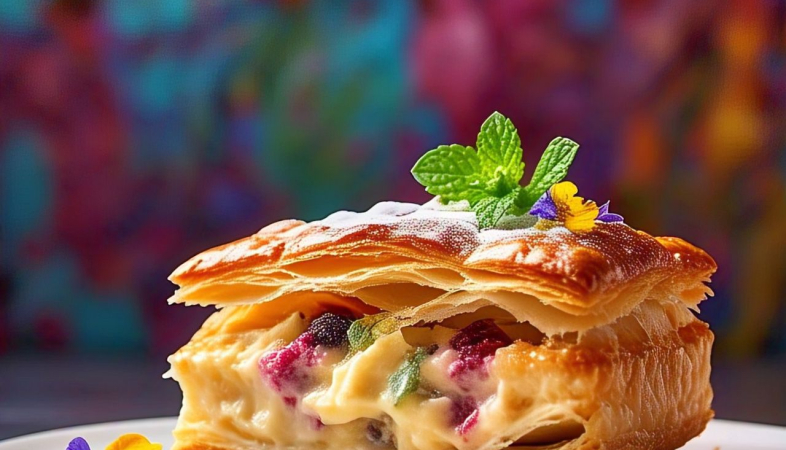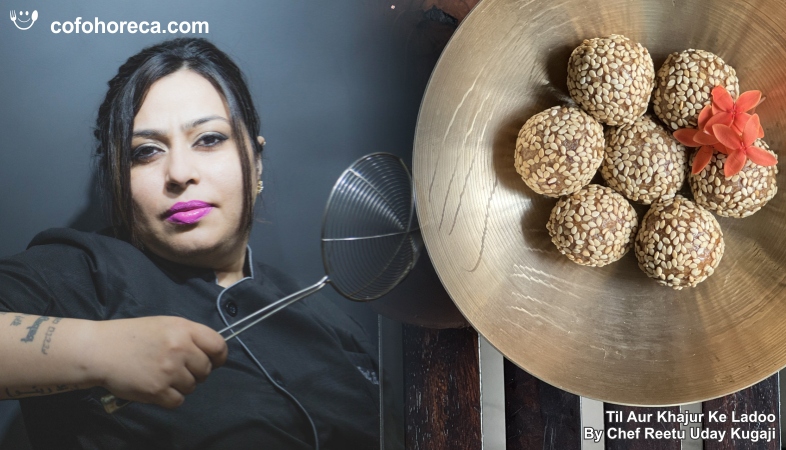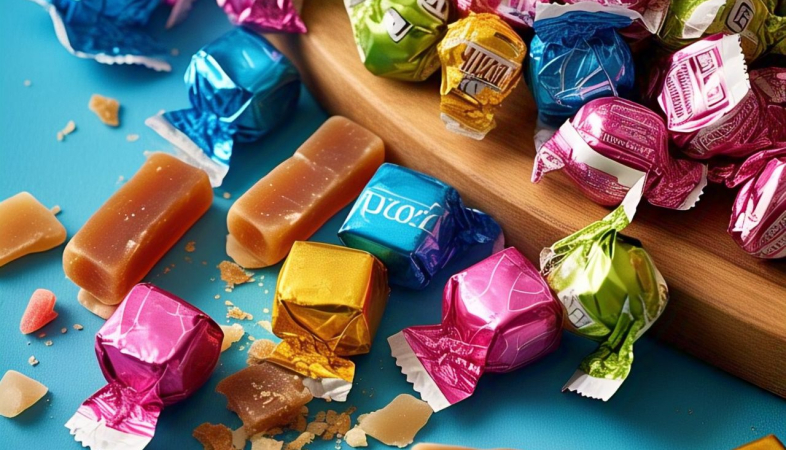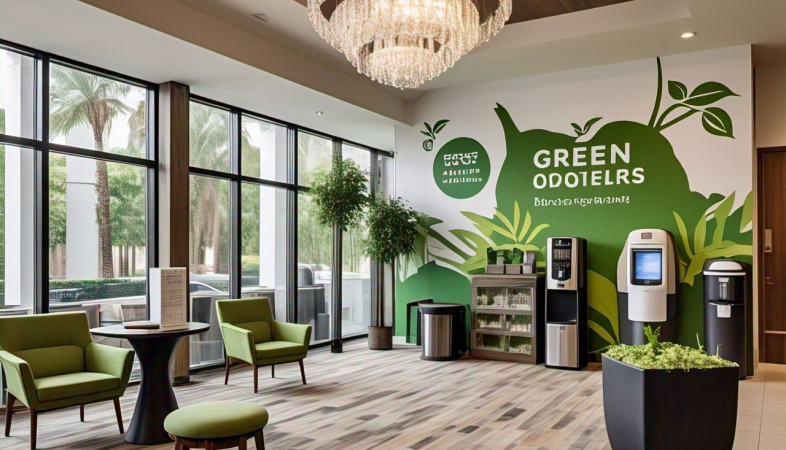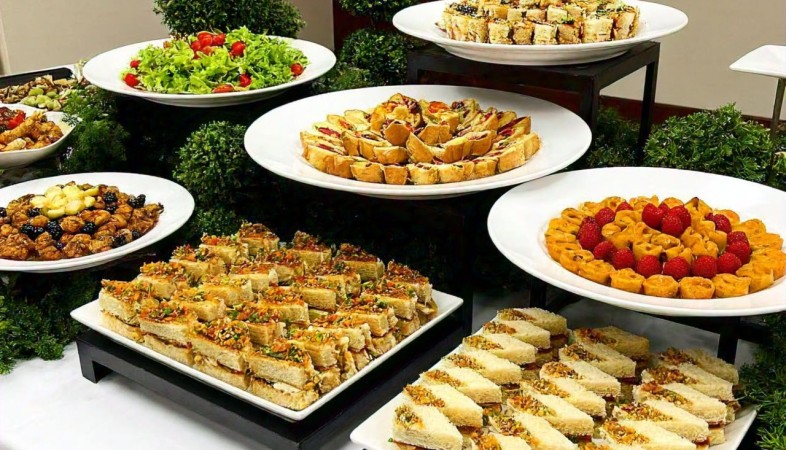Upcycled Confectionery: Turning Food Waste into Delicious Treats
As sustainability continues to shape the future of food, upcycled confectionery represents a promising and innovative direction for the sweets industry.
The global food industry faces a significant challenge when
it comes to waste. Every year, millions of tons of food are discarded, much of
it still edible and full of potential. In response to this issue, the concept
of upcycled confectionery has emerged as an innovative and sustainable way to
transform surplus ingredients into delightful treats. By repurposing food waste
into high-quality sweets, confectioners are not only reducing environmental
impact but also introducing unique flavors and textures that set their products
apart in an increasingly conscious market.
One of the most exciting aspects of upcycled confectionery is its ability to give new life to ingredients that would otherwise be discarded. Fruit peels, cocoa husks, surplus bread, and nut pulps are just a few examples of byproducts that can be incorporated into chocolates, pastries, and candies. For instance, overripe bananas, which often go to waste, can be dehydrated and used as natural sweeteners in energy bars and truffles. Similarly, day-old bread can be transformed into crispy caramelized crumbs, adding an unexpected crunch to gourmet chocolate bars. By creatively repurposing these ingredients, confectioners can offer products that are both delicious and sustainable.
Upcycled ingredients also allow confectioners to experiment with new flavors and textures, creating unique treats that appeal to adventurous consumers. Many traditional desserts rely on refined sugar and artificial additives, but upcycled confectionery often incorporates natural alternatives. For example, leftover citrus peels can be candied and incorporated into chocolate, adding a zesty contrast to rich, creamy flavors. Coffee grounds, often discarded after brewing, can be repurposed into chocolate-coated espresso bites, offering a bold and slightly crunchy texture. These innovative uses of food scraps not only reduce waste but also expand the range of flavors available in the confectionery market.
Consumer interest in sustainable food choices has never been higher, making upcycled confectionery an appealing option for environmentally conscious shoppers. Today’s consumers, particularly millennials and Gen Z, are actively seeking brands that align with their values. They appreciate transparency in sourcing and production, and they are willing to support businesses that prioritize sustainability. As a result, many confectionery brands are now highlighting their upcycling efforts on packaging and marketing materials, emphasizing how they turn surplus ingredients into premium-quality sweets. This not only helps in reducing food waste but also fosters a deeper connection between brands and their customers.
Restaurants and bakeries are also embracing upcycling by incorporating surplus ingredients into their dessert menus. Chefs are finding creative ways to use food scraps that would otherwise go to waste, such as transforming vegetable trimmings into natural food dyes for cake decorations or using nut-based pulp from plant milk production in pastry fillings. This approach not only reduces costs for businesses but also reinforces their commitment to sustainability. Some upscale dessert shops have even begun offering limited-edition upcycled confections, showcasing how luxury and sustainability can go hand in hand.
Despite its growing popularity, upcycled confectionery does come with its challenges. Ensuring food safety and maintaining consistent quality are crucial when working with surplus ingredients. Confectioners must carefully source and process these materials to ensure they meet health and safety standards. Additionally, educating consumers about upcycled treats is essential to overcoming any skepticism they might have about eating sweets made from what was once considered waste. Through transparent labeling, storytelling, and clear communication, brands can effectively position upcycled confectionery as a premium, sustainable choice rather than a compromise.
As sustainability continues to shape the future of food, upcycled confectionery represents a promising and innovative direction for the sweets industry. By turning food waste into high-quality treats, confectioners are proving that deliciousness and environmental responsibility can go hand in hand. With growing consumer interest and advancements in food processing, the upcycled confectionery movement is likely to gain even more momentum, paving the way for a sweeter and more sustainable future.
.png)



